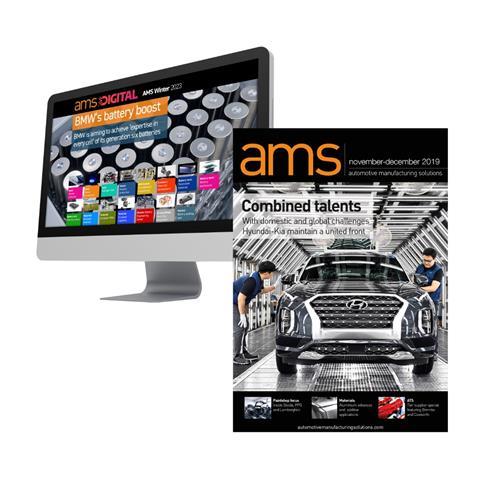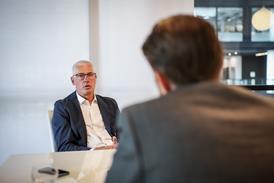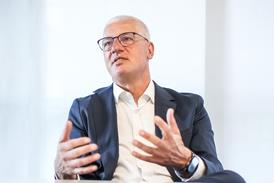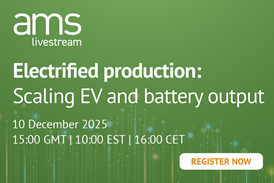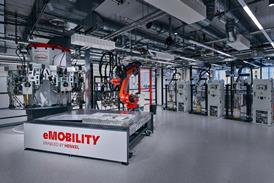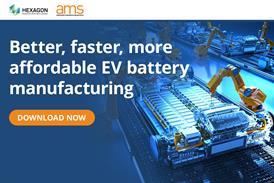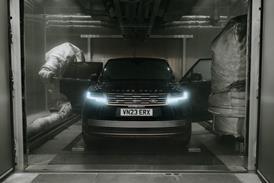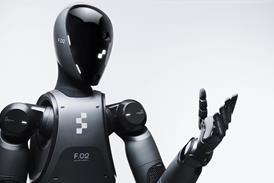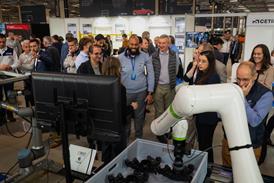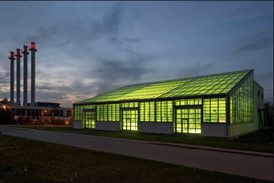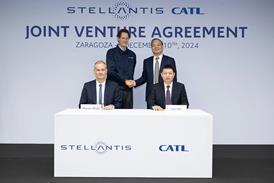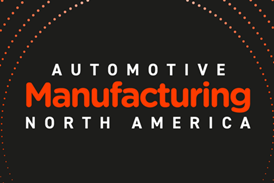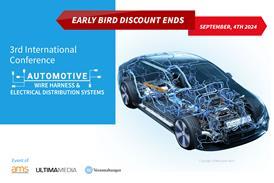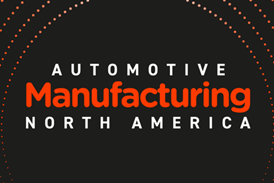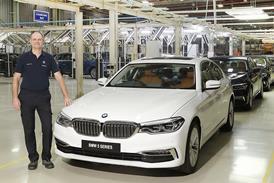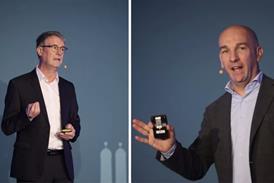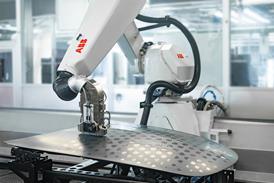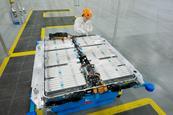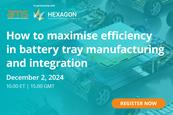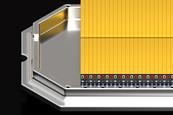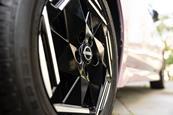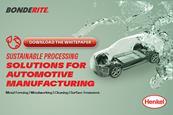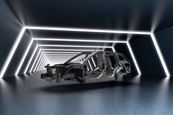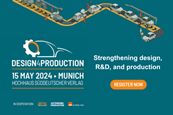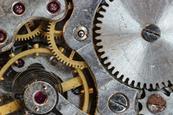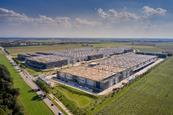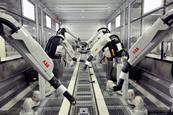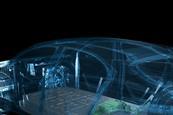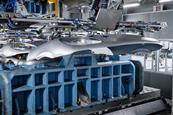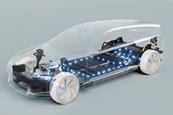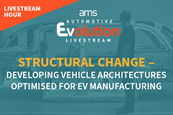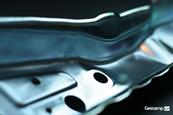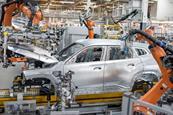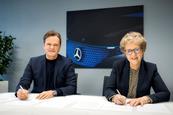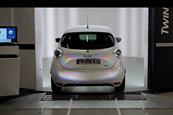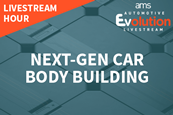Latest Aluminium stories
Honda North America’s big investment in flexible manufacturing for EVs, hybrid and ICE vehicles
Honda invests $1 billion in retooling its Ohio manufacturing plants to build ICE, hybrid, and EV models on same production line.
Watch now: How to maximise efficiency in battery tray manufacturing and integration
This webinar showcased innovative, cost-efficient quality processes to assure 100% quality in battery manufacturing. New quality solutions from Hexagon enable automakers to detect defects efficiently and ensure a perfect fit into the underbody of the car.
Watch Now: Next-Gen Gapfillers: Henkel’s Blueprint for Automotive Electronics
This webinar explored Henkel’s latest innovations in thermal gap fillers, designed specifically for automotive electronics.
Korea’s LG, SK On and Samsung lead Prismatic battery revival
South Korean battery powerhouses LG Energy Solution, SK On, and Samsung SDI are driving a resurgence in prismatic battery technology, challenging the dominance of other battery formats in the EV market.
Nissan to transition to low-CO2 emission aluminium by 2030
Through sourcing and using low CO2 emission aluminium, Nissan aims to significantly reduce CO2 emissions.
How BMW is ramping up its circular production principles
BMW is moving towards sustainbable production and circularity at an increasing pace with projects like its iFactory, Car2Car and Catena-X supporting the shift. Head of Climate Strategy and Circular Economy, Dr. Irene Feige takes the sustainable hotseat.
Henkel Whitepaper: Sustainable Processing Solutions for Automotive Manufacturing
Learn how Henkel’s processing solutions enable sustainable, next-generation vehicle manufacturing across the value chain, from molten metal to final component
Changing dynamics– developing the next generation of vehicle architectures
Building electric vehicles has demanded big changes in OEM production operations and increased support from tier suppliers
Join DESIGN4PRODUCTION: innovating across car design and manufacturing engineering
Automotive design and manufacturing experts will share insights at Design4Production in Munich on 15 May on how to accelerate innovation, efficiency and sustainability.
The co-evolution of EVs, architectures and production processes
Electric vehicles are reshaping manufacturing norms, from platform flexibility to crash protection systems, challenging traditional designs and material choices amidst evolving battery technologies. ArcelorMittal and Gestamp dive into challenges and solutions.
Watch Now: Shaping the future: How electric vehicles are driving manufacturing decisions
Explore electric vehicle (EV) architecture design and manufacturing complexities, from flexible platforms to battery integration challenges.
BMW begins production at German cell manufacturing competence centre
BMW has started production of cylindrical battery cells at its €170m Cell Manufacturing Competence Centre (CMCC) inear Munich in Parsdorf, Germany.
How digitalisation is ramping up battery cell production for EVs
Digitalisation is helping to scale up battery cell production in North America through improving standardisation and traceability and ensuring quality of materials.
Battery production and design need to be optimised together, says Volvo Trucks and ABB
Experts from the truckmaker and automation specialist pointed to the benefits of aligning battery engineering and production processes in an AMS livestream.
The evolution of EV battery enclosures: balancing optimisation, safety and cost-effectiveness
The battery enclosures used in the first wave of EVs to hit the market after 2010 were designed to be sealed firmly shut. This took to an extreme the need to be impenetrable, crash proof, fireproof, waterproof and tamper-proof and resulted in mostly irreparable batteries and recycling processes that frequently require people in protective clothing using crow bars to prise open the enclosures protecting these very heavy, high-voltage machines. But technologies and production strategies are fast-evolving.
Forming innovations – press shops get smarter
Digital tools are playing a major part in innovating press shop operations with data gathering and AI increasing the visibility and efficiency of the forming process
Shaping the future – Developing electric vehicle architectures
In our AMS Evolution Livestream experts from ArcelorMittal and Gestamp tackle EV production challenges and explain how digital tools, new technologies, processes and materials innovations could help solve some key issues
Watch: Structural change – Developing vehicle architectures optimised for EV manufacturing
Hear expert insights into the development and production of high volume electric vehicle architectures, and how these are driving innovation in manufacturing processes and efficiencies, featuring Gestamp’s North America R&D director Paul Belanger and ArcelorMittal head of automotive steel solutions Jérôme Favero.
Form and function: Developing production processes and structures for electric vehicle architectures
The new electric vehicle architectures are also continuing to evolve as vehicle makers strive to find the optimum balance between platform flexibility, while also being viable for high-volume production. To get some insights in to this ongoing process AMS spoke with Paul Belanger, Gestamp’s R&D Director for North America
BMW Group to source aluminium with reduced CO2 emissions from 2024
The company is planning to source aluminium with significantly reduced CO2 emissions from Rio Tinto’s hydro-powered operations in Canada, starting next year. Compared to conventionally manufactured aluminium, this approach can save around 70% of CO2 emissions
Mercedes-Benz and Hydro partner to develop a sustainable aluminium supply chain
Mercedes-Benz to collaborate with Norwegian aluminium producer Hydro to reduce the CO2 footprint of aluminium in the automotive supply chain
Renault advances circular economy reuse, remake, recycle business
The pioneering initiative will reduce the resource, energy and emissions intensity of a car’s lifecycle since some components can have a second life as used, reconditioned parts.
Watch: Next-gen car body building
Innovations in vehicle body and module architectures are enabling more sustainable production. Experts from REE Automotive, Magswitch and others discuss opportunities in the next AMS Livestream.

